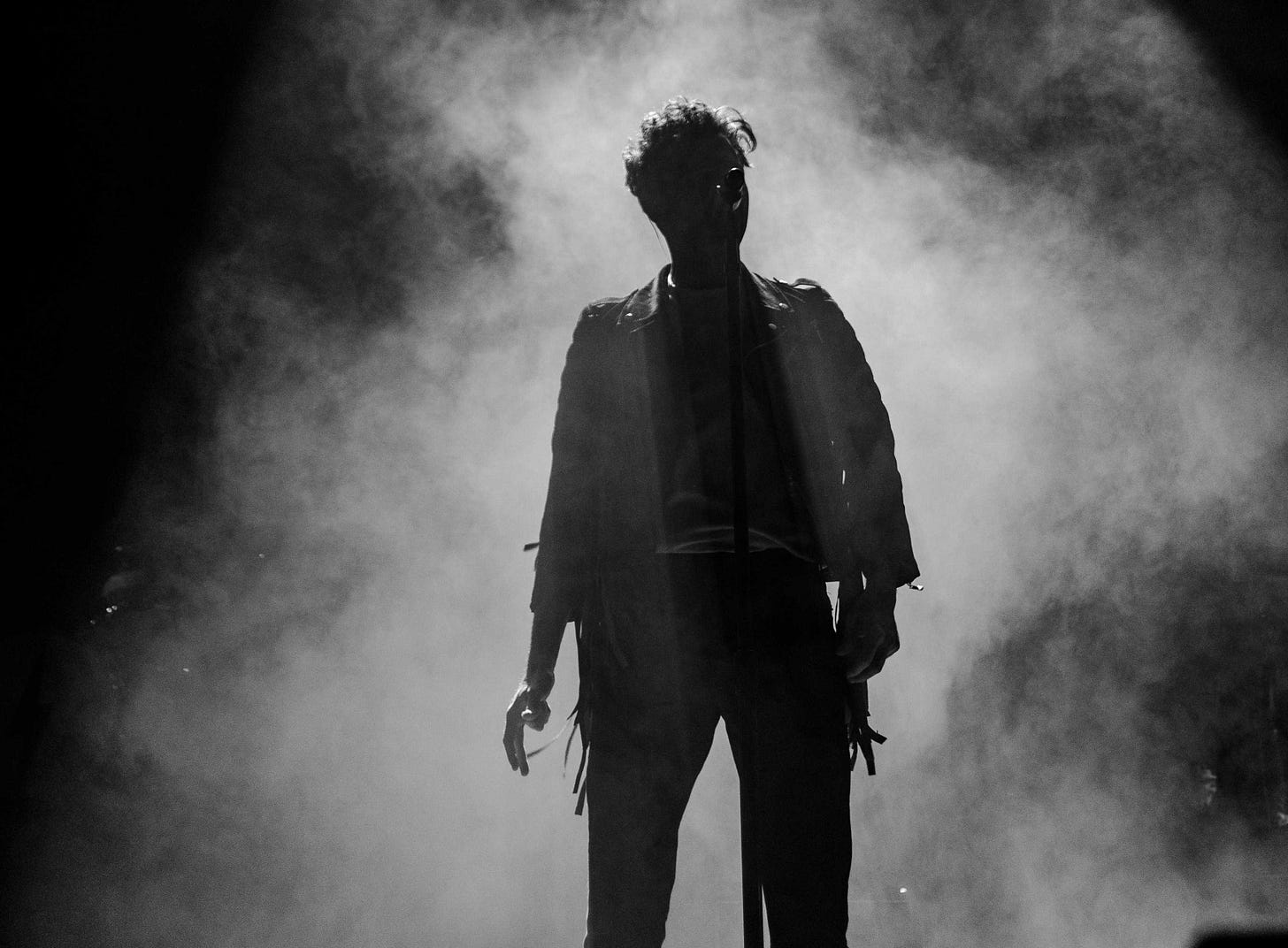A daily ritual. You get on your exercise bike, start cycling and let a YouTube sequence of some pop songs play — and suddenly, after a Lana del Rey track, this announcement pops up:
Jim Morrison (AI generated) sings Video Games by Lana Del Rey.
And then Jim Morrison's voice vocalizes this song that'd turned the unknown Elizabeth Woolridge Grant (aka Lizzy Grant) into the superstar Lana del Rey.
If you keep in mind that the voice, translated back into Latin, refers to the anima, that is, the soul, you get into a strange zone of immortality — now all possible phantasmic combinations can be imagined, an AI-generated Janis Joplin, a John Lennon, a Freddy Mercury – and then a bit of research brings it to light: All this already exists. Just as the Middle Ages, compelled by the vitality of interest, had to reconstruct heaven with the creation of a kind of intermediate limbo realm for their usurers known as Purgatory, where they could work off their sins, the computer world now confronts us with a strangely disconcerting insight on how the departed, in symbolic form, survive — or, to use the title of a Rosa von Praunheim film: Our corpses are still alive.
Here a thought comes into play that occupied me a long time ago when I was thinking about the sign. Because the Greek sema stands not only for the sign but also for its seal, then its robe – and last but not least for its tomb– isn't that precisely what confronts us in all this? You bring out a voice from its grave – and let it sing a cover version of some song like Video Games. And as we know, the hero of the computer game has many lives...Play it again!






